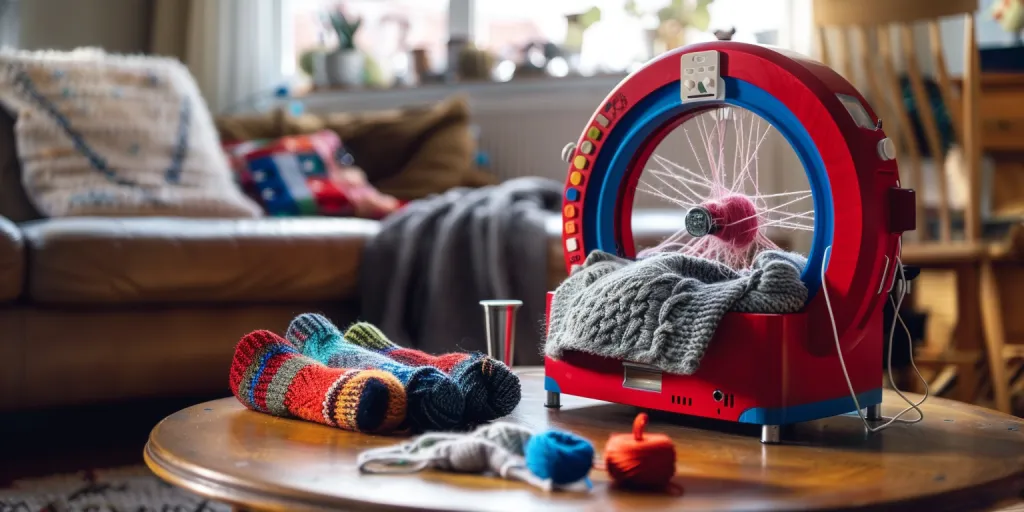من المتوقع أن يشهد سوق آلات حياكة الجوارب العالمية نموًا كبيرًا في عام 2025، مدفوعًا بالتقدم التكنولوجي والطلب المتزايد على الحلول الآلية. تقدم هذه المقالة تحليلًا متعمقًا للعوامل الأساسية التي يجب مراعاتها عند اختيار آلة حياكة الجوارب، وتقدم رؤى قيمة لمساعدة المشترين المحترفين على اتخاذ قرارات مستنيرة.
جدول المحتويات:
– نظرة عامة على سوق آلات حياكة الجوارب
– تحليل متعمق لسوق آلات حياكة الجوارب
– العوامل الرئيسية عند اختيار ماكينة حياكة الجوارب
- ضمان الالتزام بمعايير السلامة
- تقييم إمكانية الترقية والتوافق
- اعتبارات طول العمر وقيمة إعادة البيع
- افكار اخيرة
نظرة عامة على سوق آلات حياكة الجوارب
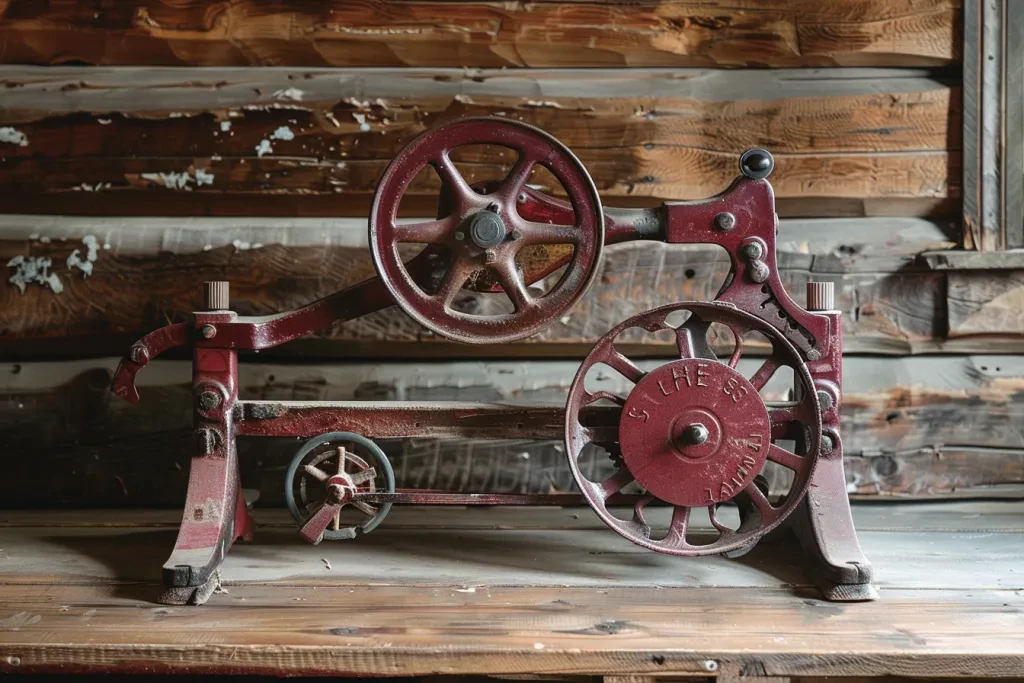
شهد سوق آلات حياكة الجوارب العالمية نموًا كبيرًا ومن المقرر أن يتوسع بشكل أكبر في عام 2025 وما بعده. بلغ حجم السوق حوالي 1.4 مليار دولار أمريكي في عام 2024، مع معدل نمو سنوي مركب متوقع بنسبة 5.3٪ حتى عام 2030. ويعود هذا النمو إلى زيادة الطلب على حلول الحياكة الآلية والفعالة، وخاصة في منطقة آسيا والمحيط الهادئ، التي تهيمن على السوق بحصة تزيد عن 45٪.
تشكل ماكينات حياكة الجوارب الإلكترونية حوالي 60% من حصة السوق بسبب دقتها وكفاءتها العالية. أما ماكينات حياكة الجوارب الميكانيكية، على الرغم من قلة انتشارها، فإنها لا تزال تشكل حصة كبيرة، وخاصة في المناطق الحساسة للتكلفة. ومن بين اللاعبين الرئيسيين في الصناعة Lonati SpA وDaKong وSantoni SpA، الذين يواصلون الابتكار وتحسين منتجاتهم لتلبية احتياجات السوق.
يتصدر القطاع الصناعي السوق بحصة 70%، مدفوعًا بالطلب على الإنتاج بكميات كبيرة. القطاع المحلي، على الرغم من صغر حجمه، ينمو بسبب اتجاه أعمال الحياكة المنزلية. كما تدعم التطورات في مجال الرقمنة والأتمتة نمو السوق من خلال تعزيز كفاءة الإنتاج وجودة المنتج.
تحليل متعمق لسوق آلات حياكة الجوارب
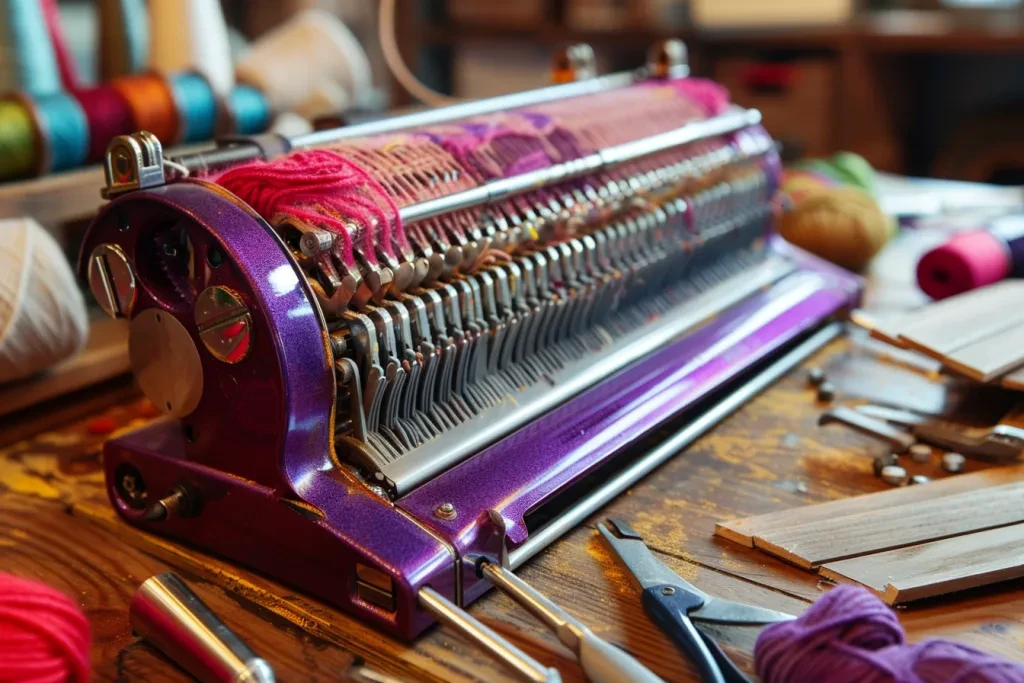
تعتبر ماكينات حياكة الجوارب ضرورية في صناعة النسيج، حيث توفر الكفاءة والدقة في إنتاج الجوارب. تشمل معايير الأداء الرئيسية سرعات الحياكة التي تصل إلى 1,200 دورة في الدقيقة والقدرة على إنتاج تصميمات معقدة بدقة. تمتلك Lonati SpA أكبر حصة في السوق بنسبة 25%، تليها DaKong بنسبة 18%، وSantoni SpA بنسبة 15%.
وقد أدت تكاليف العمالة المتزايدة والحاجة إلى أساليب إنتاج مستدامة إلى زيادة اعتماد الحلول الآلية. وأصبحت آلات الحياكة الإلكترونية، التي تتميز بميزات مثل التغذية الآلية للخيوط وبرمجة الأنماط، أكثر شعبية. كما نمت منصات المبيعات عبر الإنترنت، لتمثل 30% من إجمالي المبيعات في عام 2024.
تشمل الابتكارات الحديثة دمج تكنولوجيا إنترنت الأشياء (IoT) للمراقبة في الوقت الفعلي والصيانة التنبؤية. ومن المتوقع أن يستمر هذا الاتجاه، مما يؤدي إلى تحسين أداء الآلات وموثوقيتها. وقد أدى النمذجة السريعة وتقنيات التصنيع المتقدمة إلى تقليل الوقت اللازم لطرح الآلات الجديدة في السوق.
تتم معالجة نقاط الألم لدى العملاء مثل توقف الماكينة عن العمل وتكاليف الصيانة من خلال تصميمات أفضل للماكينات وخدمات ما بعد البيع الشاملة. تركز شركات مثل Lonati وDaKong على الموثوقية والتقدم التكنولوجي ودعم العملاء. تتضمن استراتيجيات التمايز ميزات قابلة للتخصيص والتوسع في أسواق متخصصة مثل الجوارب الضاغطة الطبية والإنتاج الصديق للبيئة.
من المتوقع أن يشهد سوق ماكينات حياكة الجوارب نموًا قويًا، مدفوعًا بالتقدم التكنولوجي وتغير تفضيلات المستهلكين. وستزدهر الشركات التي تواصل الابتكار وتلبية احتياجات العملاء في بيئة السوق الديناميكية هذه.
العوامل الرئيسية عند اختيار ماكينة حياكة الجوارب
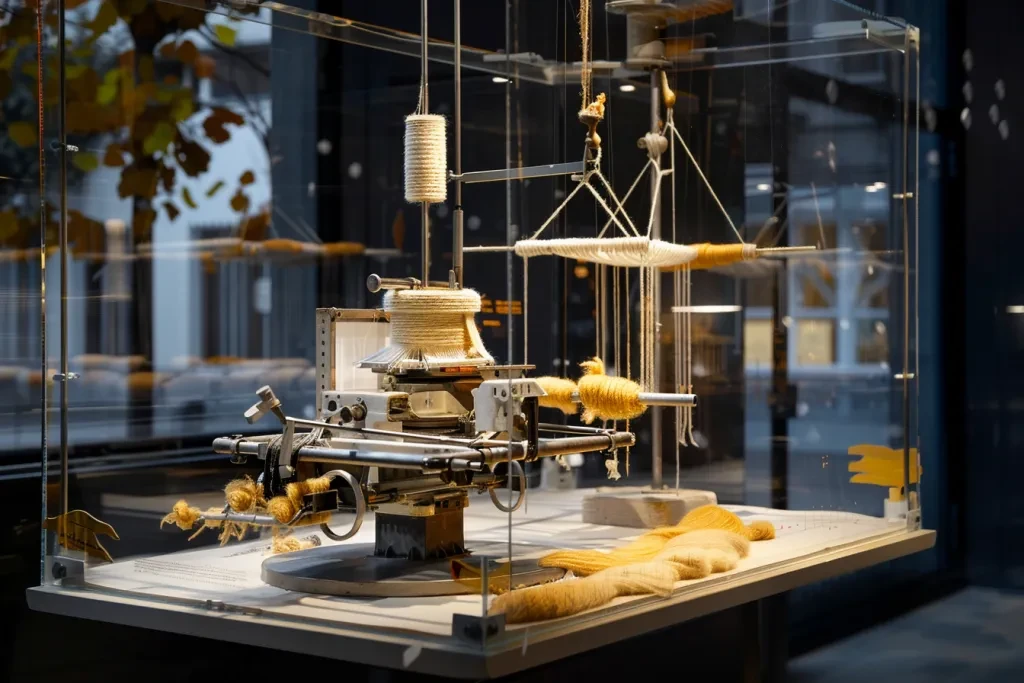
يتطلب اختيار ماكينة حياكة الجوارب المناسبة فهم الجوانب الفنية المختلفة ومقاييس الأداء. فيما يلي، نتناول العوامل الأكثر أهمية التي يجب مراعاتها عند القيام بهذا الاستثمار.
أنواع آلات حياكة الجوارب
تتوفر ماكينات حياكة الجوارب بأنواع مختلفة، كل منها مصمم لتطبيقات ومقاييس إنتاج محددة. تُستخدم ماكينات الحياكة الدائرية على نطاق واسع بسبب كفاءتها في إنتاج الجوارب بدون درزات بسرعات عالية، مما يجعلها مناسبة للإنتاج على نطاق واسع.
تُعد ماكينات الحياكة المسطحة مثالية لإنتاج الجوارب ذات الأنماط المعقدة والتصميمات المخصصة. فهي توفر تنوعًا أكبر في أنماط الغرز ويمكنها التعامل مع أنواع مختلفة من الخيوط بكفاءة أكبر. إن فهم نوع الماكينة التي تناسب احتياجات الإنتاج الخاصة بك أمر بالغ الأهمية لتحقيق الأداء الأمثل.
تتمتع الآلات ذات الأسطوانة المزدوجة بالقدرة على حياكة الهياكل والأنماط المعقدة، والتي تُستخدم غالبًا في الجوارب عالية الجودة الموجهة نحو الأداء، مما يوفر مرونة وملاءمة أفضل.
الأداء والوظيفة
عند تقييم الأداء، تكون سرعة حياكة الماكينة وكفاءتها في غاية الأهمية. يمكن للماكينات عالية السرعة إنتاج المزيد من الجوارب في الساعة، وهو أمر ضروري لتلبية الطلبات الكبيرة وتقليل تكاليف الإنتاج. يمكن لبعض الماكينات المتقدمة حياكة ما يصل إلى 1,000 جورب في اليوم، مما يعزز الإنتاجية بشكل كبير.
تتضمن الوظيفة قدرة الماكينة على التعامل مع أنواع مختلفة من الخيوط وسمكها. يمكن للماكينات ذات إعدادات الشد القابلة للتعديل ومغذيات الخيوط المتعددة التبديل بين خيوط مختلفة بسلاسة، مما يوفر مرونة أكبر في الإنتاج.
يمكن للميزات التلقائية مثل أنظمة التشحيم الذاتي وآليات اكتشاف الأخطاء أن تعزز الوظائف. تعمل هذه الميزات على تقليل وقت التوقف عن العمل وتكاليف الصيانة، مما يضمن التشغيل السلس والمستمر.
المواصفات الفنية وجودة البناء
تحدد المواصفات الفنية مثل القياس (حجم الإبرة) وعدد الإبر وقطر الأسطوانة جودة ونوع الجوارب المنتجة. القياس الدقيق مناسب لإنتاج الجوارب الرقيقة والملابس الرسمية، بينما القياس الخشن أفضل لإنتاج الجوارب الرياضية السميكة.
تعتبر جودة التصنيع أمرًا بالغ الأهمية. تضمن الآلات المصنوعة من مواد عالية الجودة مثل الفولاذ المقاوم للصدأ والبلاستيك المتين طول العمر ومقاومة التآكل والتلف. يمكن أن يؤدي الاستثمار في آلة قوية إلى توفير التكاليف على المدى الطويل من خلال تقليل تكرار الإصلاحات والاستبدالات.
أحدث ميزات التكنولوجيا
إن دمج أحدث ميزات التكنولوجيا يمكن أن يعزز بشكل كبير من كفاءة وقدرات آلات حياكة الجوارب. تسمح الآلات الحديثة المجهزة بأنظمة تحكم محوسبة وواجهات تعمل باللمس بإجراء تعديلات دقيقة وبرمجة الأنماط المعقدة.
كما تأتي الآلات المتقدمة مزودة بأنظمة مراقبة في الوقت الفعلي لتتبع مقاييس الإنتاج وأداء الآلة. ويمكن لهذه الأنظمة تنبيه المشغلين إلى المشكلات المحتملة قبل أن تتسبب في توقف كبير عن العمل. ويمكن أن يعمل التكامل مع منصات إنترنت الأشياء على تعزيز جمع البيانات وتحليلها، مما يؤدي إلى اتخاذ قرارات إنتاجية أكثر ذكاءً.
النطاق السعري واعتبارات الميزانية
قد يختلف سعر ماكينات حياكة الجوارب بشكل كبير بناءً على ميزاتها وقدراتها وعلامتها التجارية. قد تكلف الماكينات الأساسية المناسبة للإنتاج على نطاق صغير أو الشركات الناشئة بضعة آلاف من الدولارات، بينما قد تصل تكلفة الماكينات عالية الجودة والآلية بالكامل للإنتاج على نطاق واسع إلى أكثر من 50,000 ألف دولار.
عند تحديد الميزانية، لا تفكر فقط في سعر الشراء الأولي، بل فكر أيضًا في التكاليف طويلة الأجل المرتبطة بالصيانة وقطع الغيار ووقت التوقف المحتمل. يعد موازنة التكلفة مع قدرات الماكينة والعائد المتوقع على الاستثمار أمرًا بالغ الأهمية لاتخاذ قرار مالي سليم.
ضمان الامتثال لمعايير السلامة
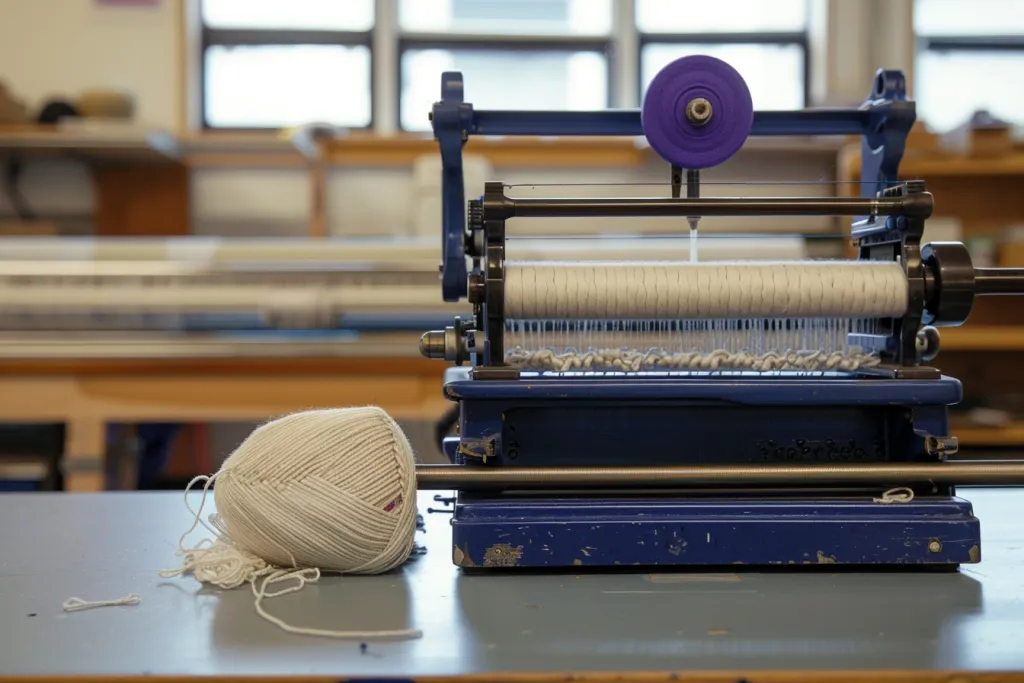
يعد الالتزام بمعايير السلامة الدولية أمرًا بالغ الأهمية عند اختيار ماكينة حياكة الجوارب. يجب أن تلتزم الماكينات باللوائح مثل علامة CE في أوروبا أو شهادة UL في الولايات المتحدة، مما يضمن أنها تلبي متطلبات السلامة الأساسية.
تعتبر ميزات السلامة مثل أزرار التوقف في حالات الطوارئ، والحراس الواقيين، والإغلاق التلقائي في حالة حدوث أعطال أمرًا بالغ الأهمية لمنع الحوادث وضمان سلامة المشغل. يجب أن تكون عمليات التدقيق والصيانة المنتظمة جزءًا من البروتوكول التشغيلي للحفاظ على الامتثال وضمان بيئة عمل آمنة.
تقييم إمكانية الترقية والتوافق
إن القدرة على التحديث والتكامل مع التقنيات المستقبلية تشكل عاملاً مهمًا للاستثمار الطويل الأجل. فالآلات التي توفر مكونات معيارية وتحديثات للبرامج قادرة على التكيف مع احتياجات الإنتاج المتغيرة والتقدم التكنولوجي.
إن التوافق مع الأجهزة والأنظمة الأخرى، مثل أنظمة مناولة المواد الآلية ومراقبة الجودة، من شأنه أن يعزز كفاءة الإنتاج بشكل أكبر. إن ضمان قدرة الآلة على التكامل بسلاسة مع البنية الأساسية الحالية والمستقبلية هو المفتاح لتعظيم فائدتها وعمرها الافتراضي.
اعتبارات طول العمر وقيمة إعادة البيع
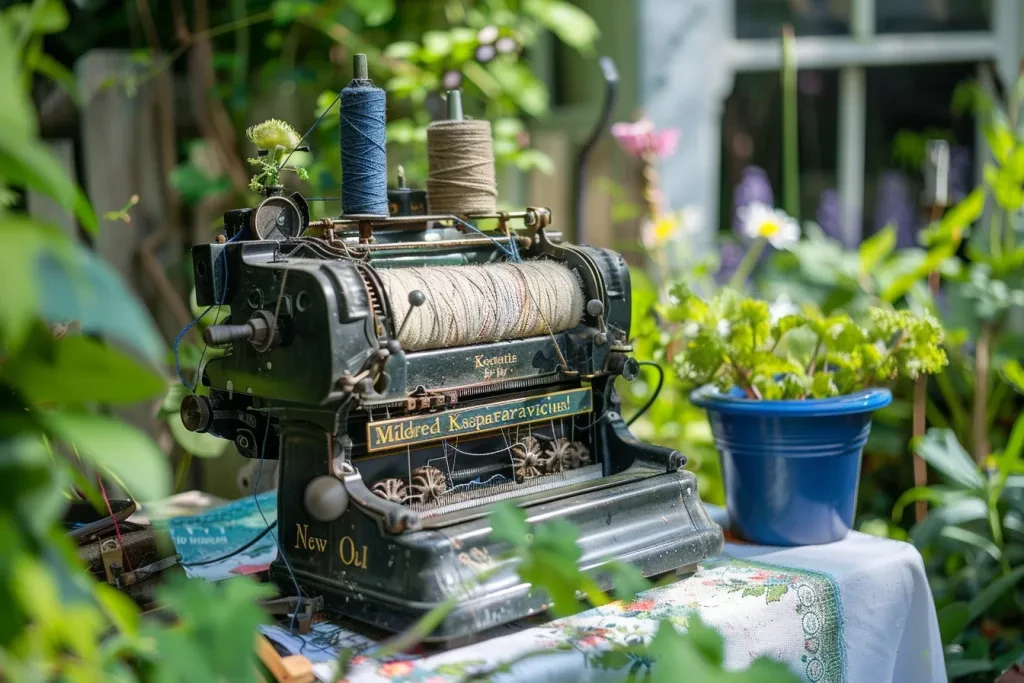
يتأثر العمر المتوقع لآلة حياكة الجوارب بجودة تصنيعها وممارسات صيانتها وكثافة استخدامها. عادةً ما توفر الآلات عالية الجودة من الشركات المصنعة ذات السمعة الطيبة عمر خدمة أطول وأداءً أفضل بمرور الوقت.
تعتبر قيمة إعادة البيع عاملاً آخر يجب مراعاته، وخاصة بالنسبة للشركات التي تخطط لتحديث آلاتها بشكل دوري. تميل الآلات التي يتم صيانتها جيدًا والتي تأتي من علامات تجارية معروفة إلى الاحتفاظ بقيمتها بشكل أفضل في السوق الثانوية. يمكن أن يوفر هذا مرونة مالية إضافية للاستثمارات المستقبلية.
افكار اخيرة
يتضمن اختيار ماكينة حياكة الجوارب المناسبة تقييمًا شاملاً للعديد من العوامل، بما في ذلك الأنواع والأداء والتصميم والمواصفات الفنية والتكلفة. إن فهم هذه الجوانب سيضمن لك الاستثمار في ماكينة تلبي احتياجات الإنتاج الخاصة بك وتوفر قيمة طويلة الأجل.
